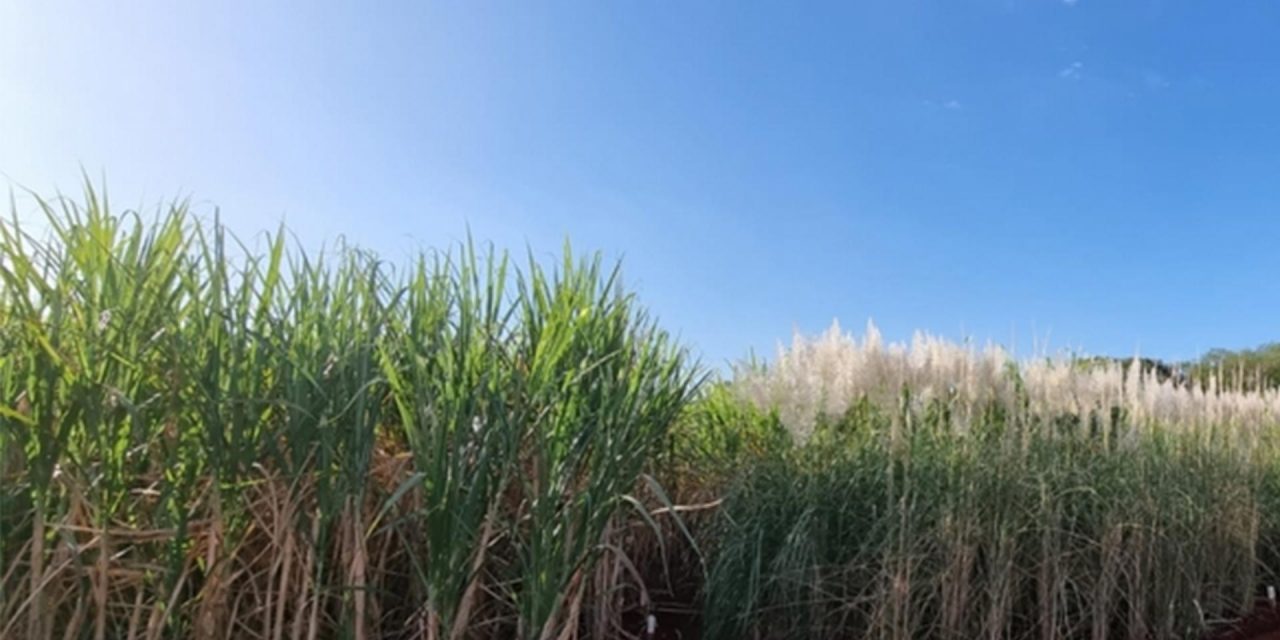Artificial intelligence has been proven to predict the performance of sugarcane crops in the field
A Brazilian study shows that artificial intelligence (AI) can be used to create efficient models for genomic selection of sugarcane and forage grass varieties as well as predict their performance in the field on the basis of their DNA.
In terms of accuracy compared with traditional breeding techniques, the methodology developed with support from the São Paulo Research Foundation (FAPESP) improved predictive power by more than 50%.
This is the first time a highly efficient genomic selection method based on machine learning has been proposed for polyploid plants (in which cells have more than two complete sets of chromosomes), including the grasses studied.
Machine learning is a branch of AI and computer science involving statistics and optimisation, with countless applications.
Its main goal is to create algorithms that automatically extract patterns from datasets. It can be used to predict the performance of a plant, including whether it will be resistant to or tolerant of biotic stresses such as pests and diseases caused by insects, nematodes, fungi or bacteria, and or abiotic stresses such as cold, drought, salinity, or insufficient soil nutrients.
Crossing is the most widely used technique in traditional breeding programmes.
See also: Researchers genetically modify crops to better harness the sun
AI ‘predicting yield’
First author Alexandre Hild Aono, is a computer scientist and researcher at the State University of Campinas Center for Molecular Biology and Genetic Engineering (CBMEG-UNICAMP), as well as a graduate of the Federal University of São Paulo (UNIFESP).
He said: “You establish populations by crossing plants that are interesting.
“In the case of sugarcane, you cross a variety that produces a lot of sugar with another that’s more resistant, for example.
“You cross them and then assess the performance of the resulting genotypes in the field.”
He added: “But this assessment process takes a long time and is very expensive.
“The method we propose can predict the performance of these plants even before they grow.
“We succeeded in predicting yield on the basis of the genetic material. This is significant because it saves many years of assessment.”
plant breeding 4.0
In the case of sugarcane, the challenge is highly complex.
Traditional breeding techniques take between nine and 12 years and incur high costs, according to Anete Pereira de Souza, a professor of plant genetics at UNICAMP’s Institute of Biology and Aono’s PhD supervisor at CBMEG.
She said: “When breeders identify an interesting plant, they multiply it by cloning so that the genotype isn’t lost, but this takes time and costs a great deal.
“An extreme example is the breeding of rubber trees, which can take as long as 30 years.”
One way to surmount these difficulties is what she called “plant breeding 4.0”, which makes intensive use of data analysis and highly efficient computational and statistical tools.
Each genotyping-by-sequencing process can involve one billion sequences.
The main hurdle scientists face in trying to breed better varieties of polyploid plants such as sugarcane and forage grass is the complexity of their genomes.
“In this case, we didn’t even know if genomic selection would be possible, given the scarce resources and the difficulty of working with this complexity,” Aono concluded.
The research is published in Scientific Reports.
Image: A technique developed by Brazilian researchers enhances the efficiency of breeding programmes, saving selection time and the cost of plant genotyping and characterisation.
Credit: IAC’s Sugarcane Center in Ribeirão Preto.















